Mekhela Chador Attire for Assamese Women
Mekhela Chador is a traditional attire commonly worn by Assamese women in the northeastern region of India. This attire is also spelled as Mekhela Sador, Mekhla Chador, Mekhela Chaddar, Mekhla Chadar, and Mekhlo Chador.
It consists of two pieces: the “mekhela,” which is a pleated skirt, and the “chador,” a long piece of cloth worn over the shoulder like a shawl or dupatta. The Mekhela Chador is usually made from silk and adorned with intricate designs and patterns.
Table of Contents
Mekhela: The Traditional Assamese Attire
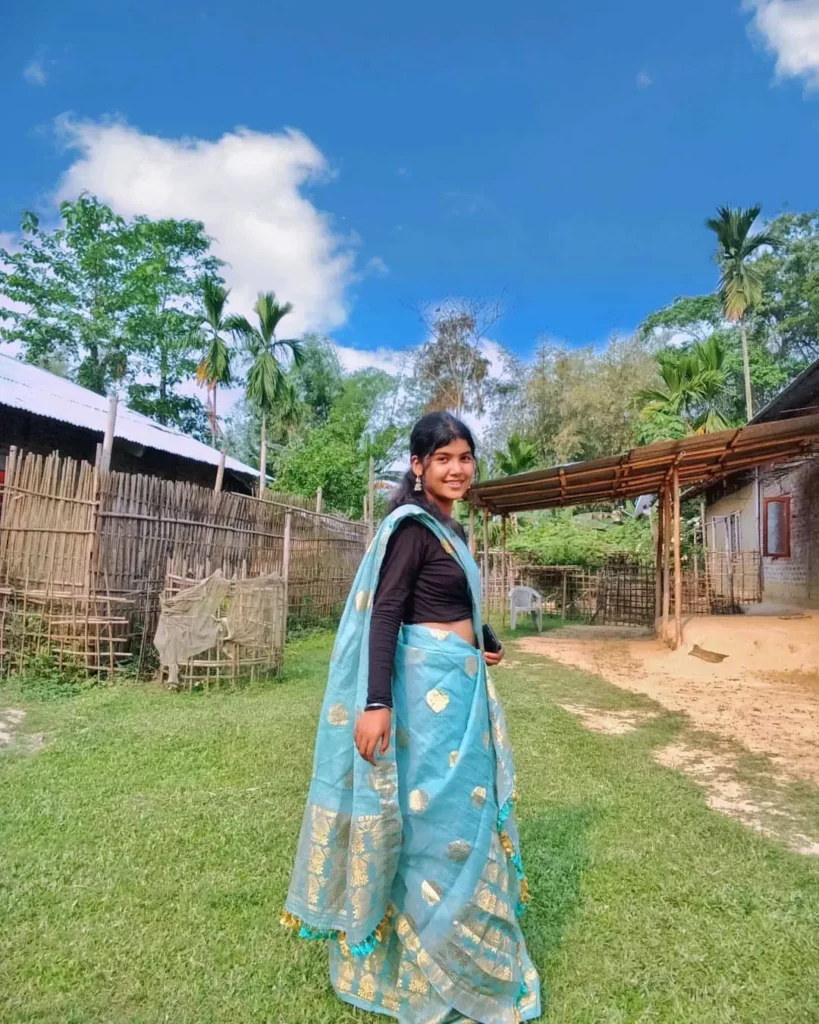
Mekhela Chador is a very significant attire to the Assam people as it reflects their rich heritage. It is worn during festivals, weddings, and other special occasions, where the craftsmanship and artistic skills of the Assamese weavers are shown. The outfit serves as a symbol of cultural identity, tradition, and elegance to the Assamese women.
The history of the Mekhela Sador attire dates back to the time when women in Assam began wearing draped clothes. The outfit became prominent as an ethnic attire in the 14th century during the Ahom dynasty’s rule in Assam. It was also during this period that intricate designs, motifs, and weaving techniques were incorporated into the Mekhela Sador. Silk, particularly the famous Assamese silk called “Muga,” was the common fabric used in its patterning.
Between the 19th and 20th centuries, Assamese women’s clothing was modified due to British influence, however, they retained an integral part of their identity even while adapting to the changing trends in the ever-evolving landscape of Indian fashion.
In modern times, efforts are made to promote and preserve the original traditional textiles and weaving techniques of the Mekhla Chador. Designers and artisans continue to innovate new designs while staying true to the attire’s cultural roots. It is for this reason that they are a popular choice for weddings, festivals, and formal occasions.
Distinctive Features of the Mekhela Sador Attire for Assamese Women

- Two-Piece Outfit: The Mekhla Chador consists of two main pieces: the “mekhela” and the “chador.” The mekhela is a cylindrical skirt that is draped and secured with pleats, around the waist, making it resemble a wrap-around skirt. The chador is a rectangular shawl-like cloth draped over the upper body.
- Cultural Designs: The outfit is often made from silk, with intricate designs, motifs, and patterns woven into the fabric. These designs are often elements inspired by nature, wildlife, and traditional symbols to reflect the rich cultural heritage of Assam.
- Pleated Skirt (Mekhela): The lower portion of the attire, that is, the mekhela is pleated and worn around the waist like a skirt. The waistband and pleats carefully arranged at the upper part of the skirt ensure a graceful appearance.
- Wrap-around Style: As the mekhela is wrapped around the waist, and the fabric gathered into pleats, an elegant and visually appealing silhouette is created. The pleats can be aligned at the front, side, or back, depending on how you want to wear it and the occasion.
- Drapped Shawl (Chador): The chador is similar to a conventional shawl and is worn over the shoulder to cover the upper body. It is often pinned at the shoulder to keep it in place. While the length of the chador varies, you can find some chadors with lengths extending to the knees or even the ankles.
Fabrics Used for Mekhela Chador Attire:
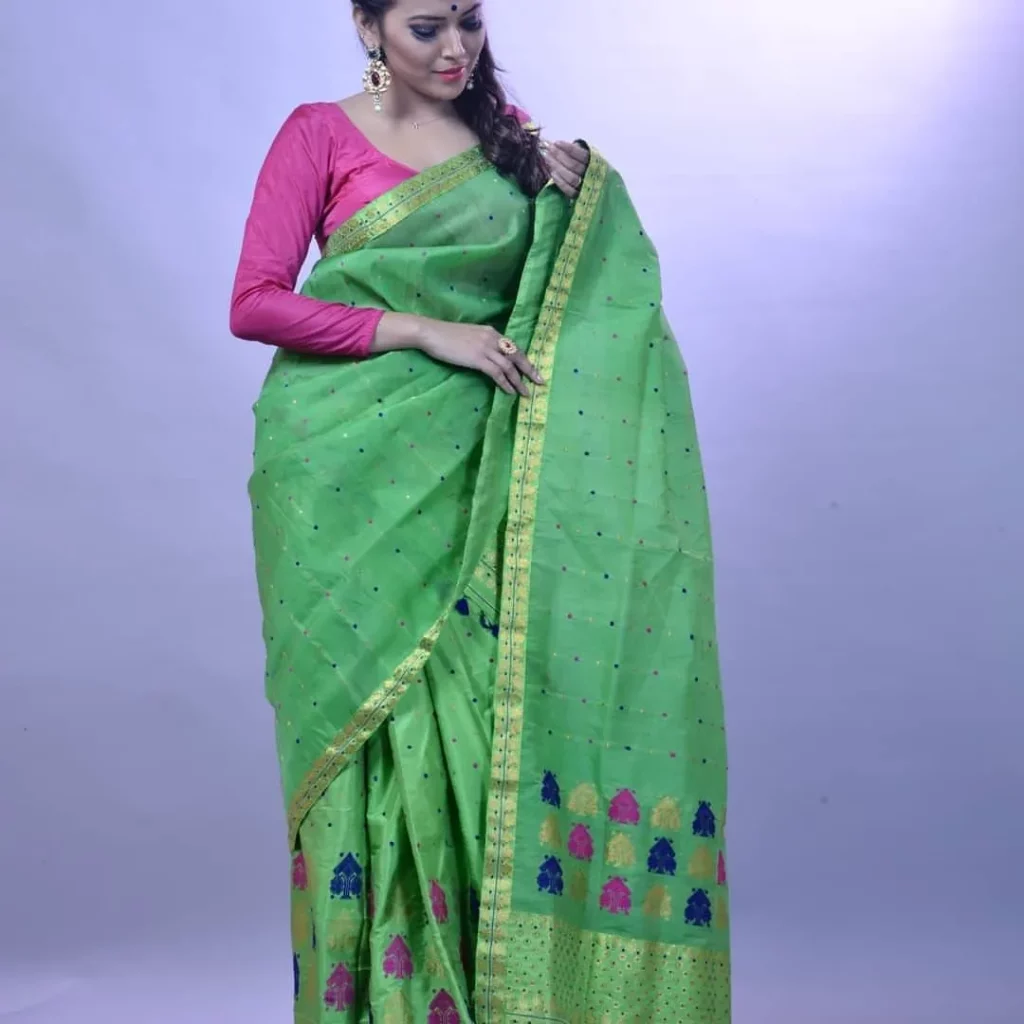
- Muga Silk: Muga silk is one of the most prized fabrics for making Mekhela Chador. It is exclusive to the Assam people and is marked by its natural golden sheen, durability, and lustrous texture.
- Pat Silk: This variety of silk is softer than Muga silk but can also be used.
- Eri Silk: Eri silk or Ahimsa silk is an eco-friendly fabric that has a slightly coarse texture and is often used for casual and everyday wear.
- Cotton: While silk is predominant, cotton Mekhela Chadors are also available, They are comfortable and breathable and worn for more casual occasions.
Popular Embellishments and Designs
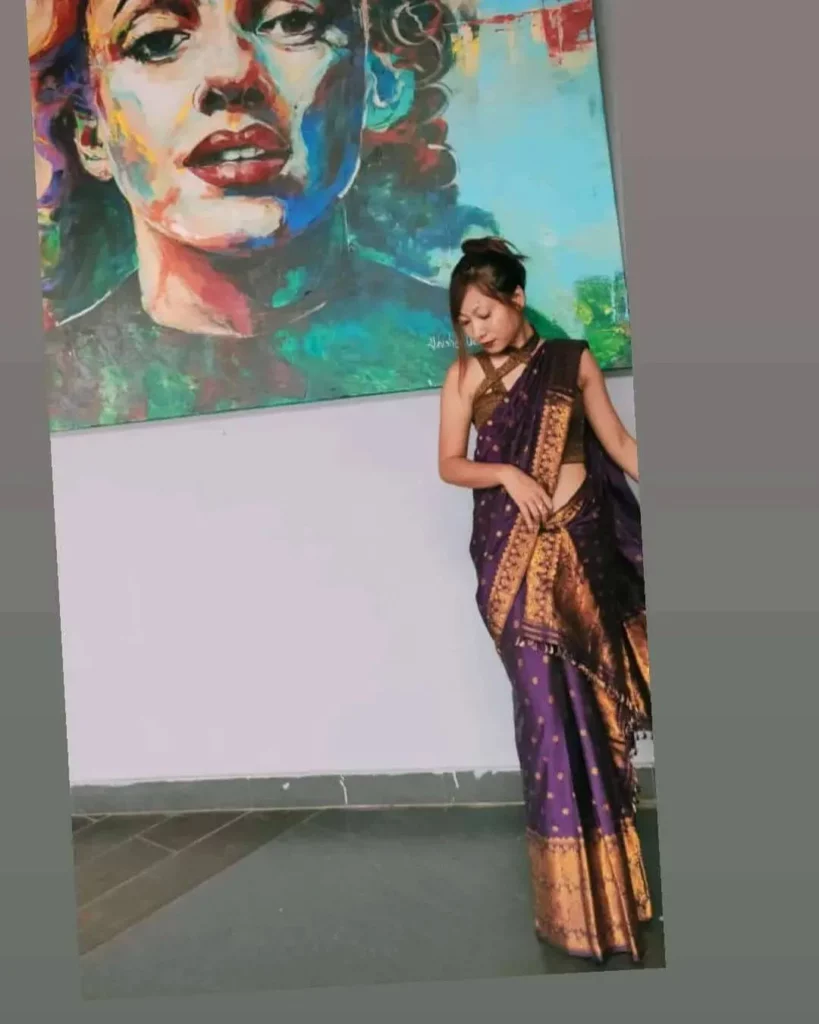
These embellishments and designs on the fabric enhance the aesthetic appeal of the Mekhela Chador and contribute to its cultural and artistic significance within the Assamese community. Here are some of the common embellishments:
- Traditional Assamese Motifs: Mekhela Chadors are designed with various traditional Assamese motifs such as “Gos Buta” (tree of life), “Jaapi” (traditional hat), “Xorai” (offering tray), and “Kopou Phool” (orchid flower), which are carefully woven into the fabric.
- Zari and Resham Embroidery: Zari (metallic thread) and Resham (colored silk thread) embroidery are often used to outline motifs and enhance the overall design.
- Mokaish Work: Mokaish work involves attaching small pieces of metal to the fabric to create a shimmering effect, especially to embellish the borders of the Mekhela Chaddars.
- Sequins and Stones: Modern adaptations including sequins, beads, and stones add sparkle and glamour to the attire
- Contrast Borders: Most Mekhela Shadors have contrasting borders, that define the edges and create a visually appealing contrast on the main fabric.
Pictures of the Mekhela Chador Attire

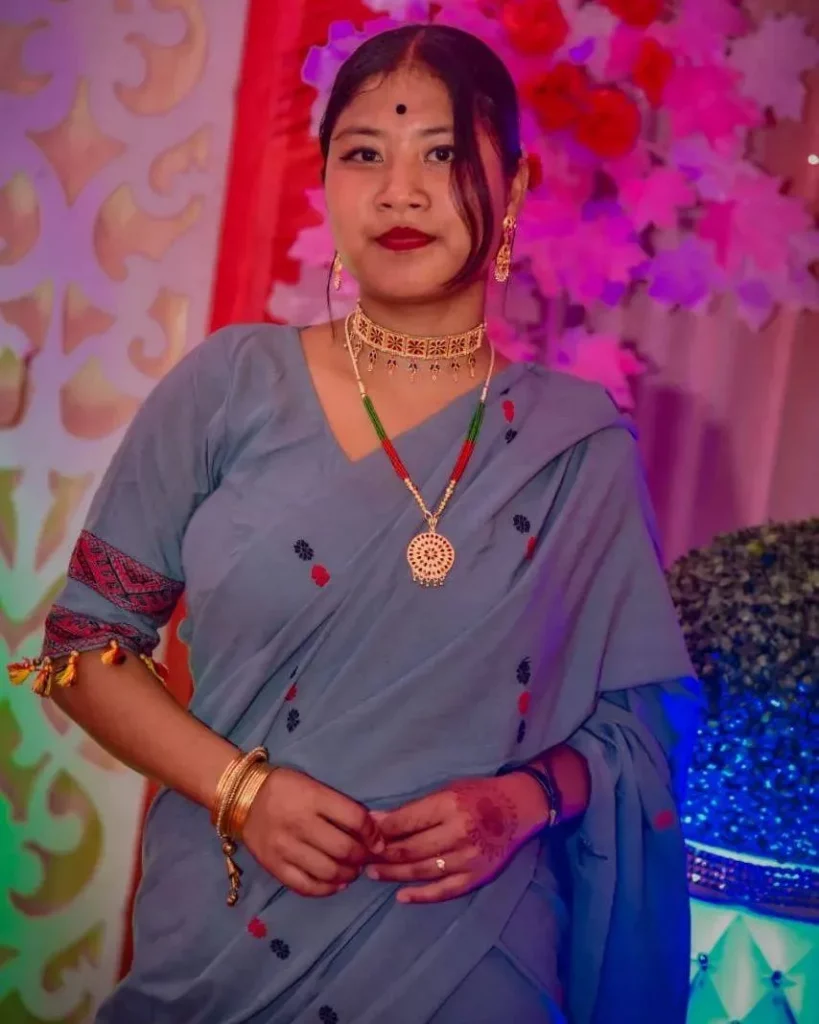
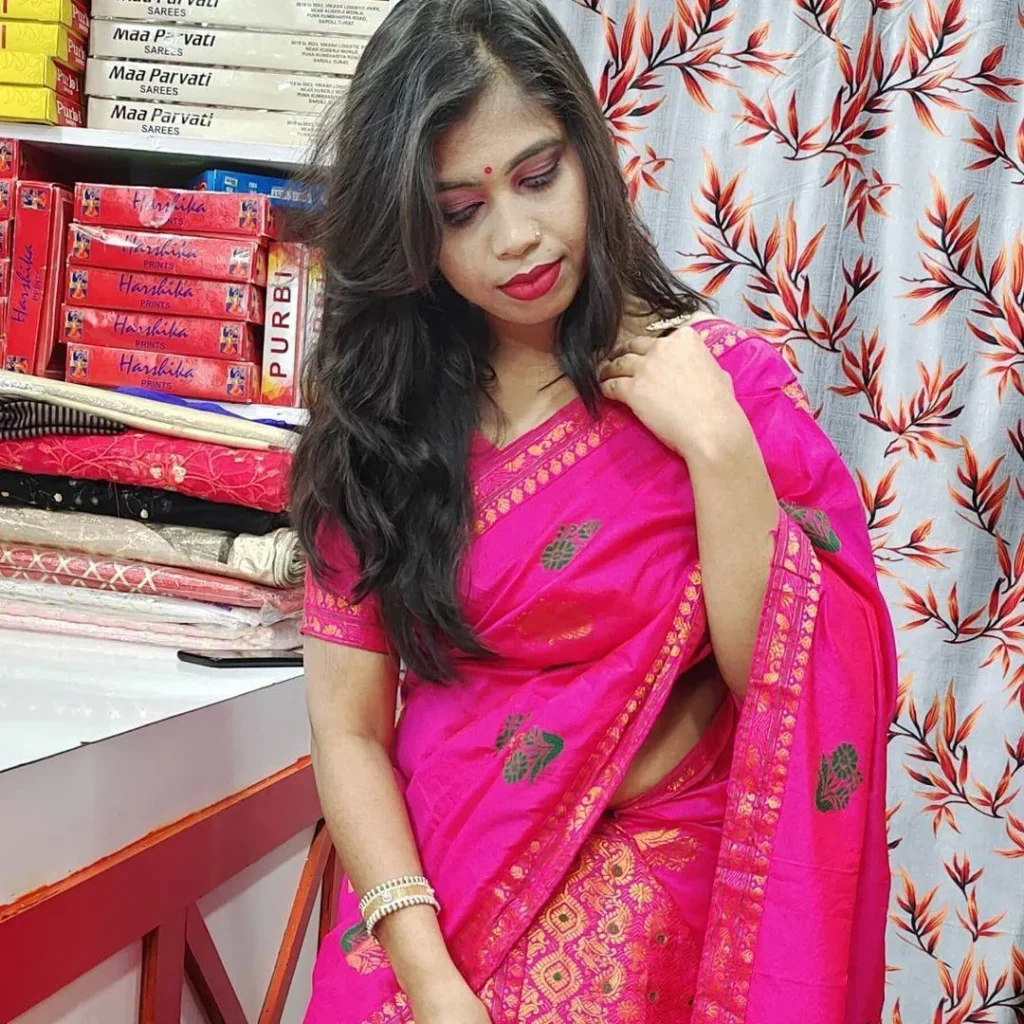
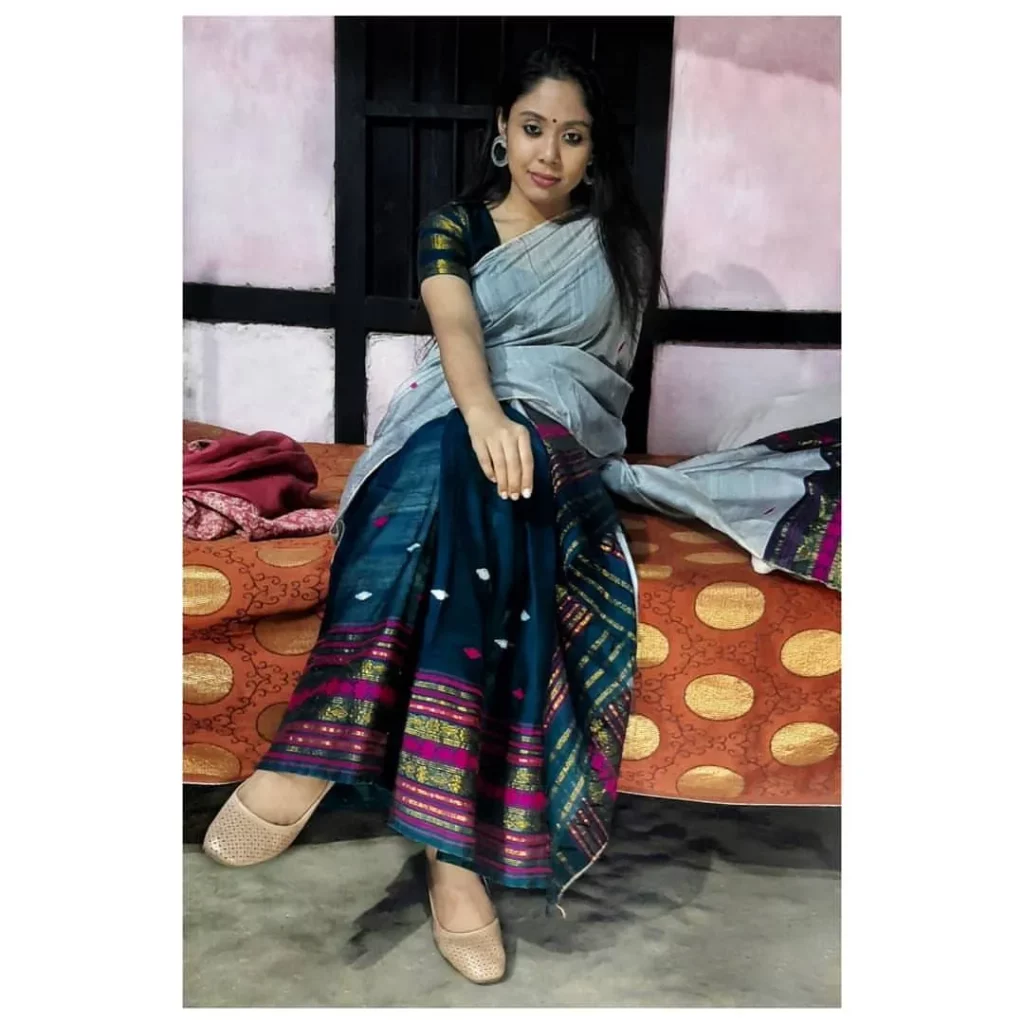

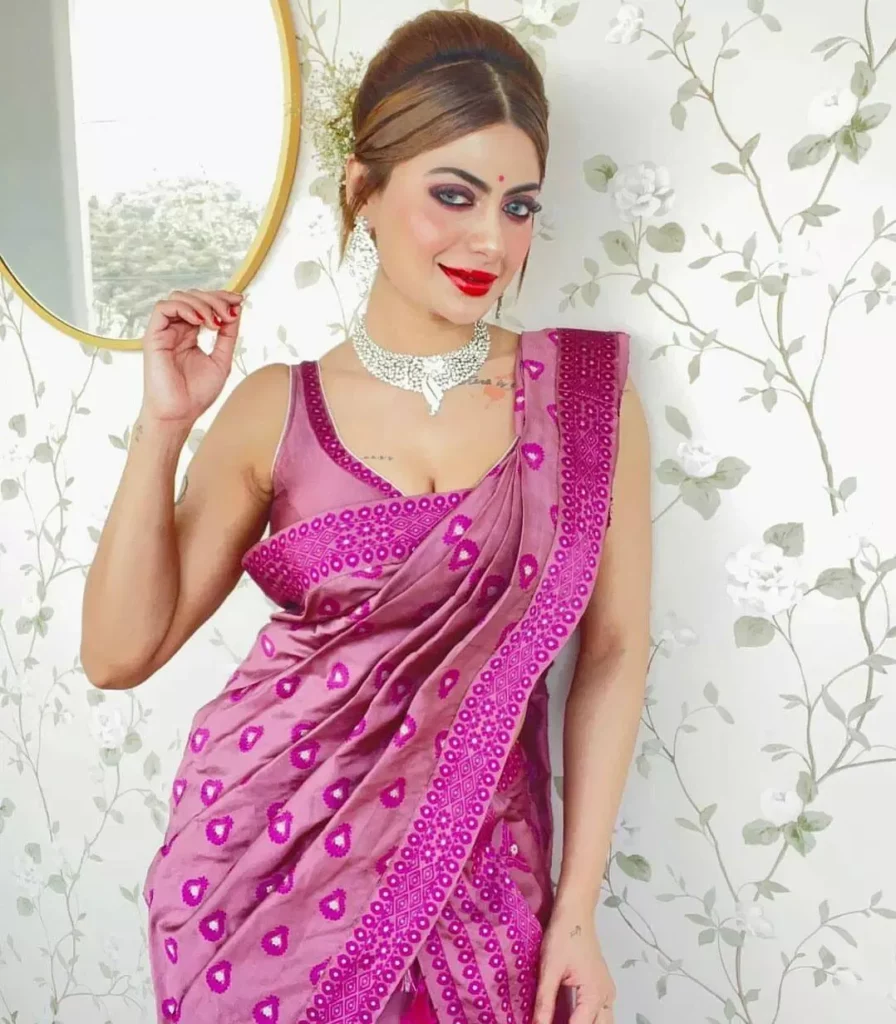
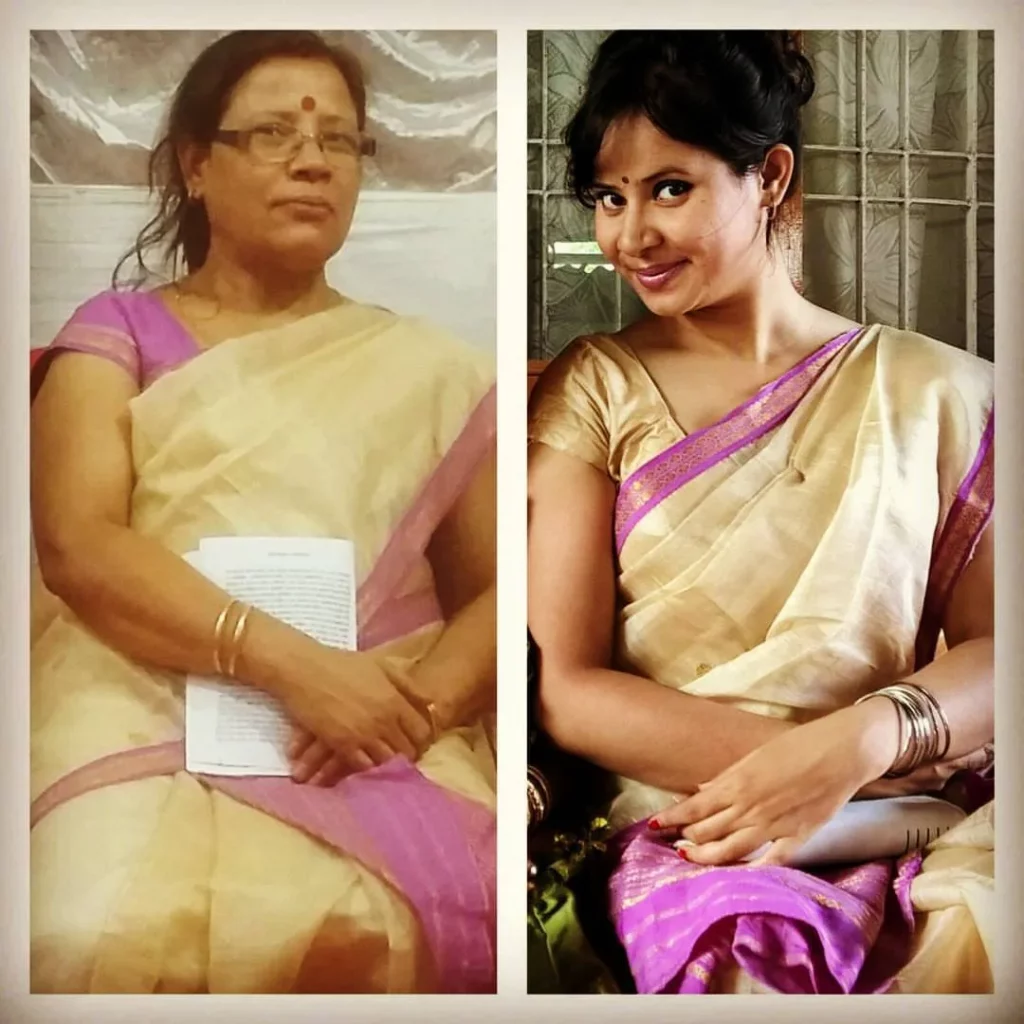
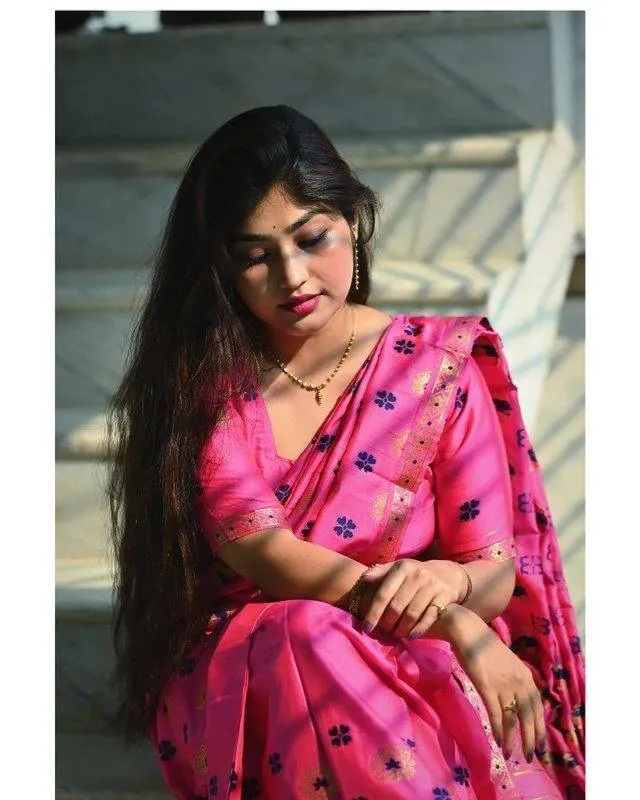

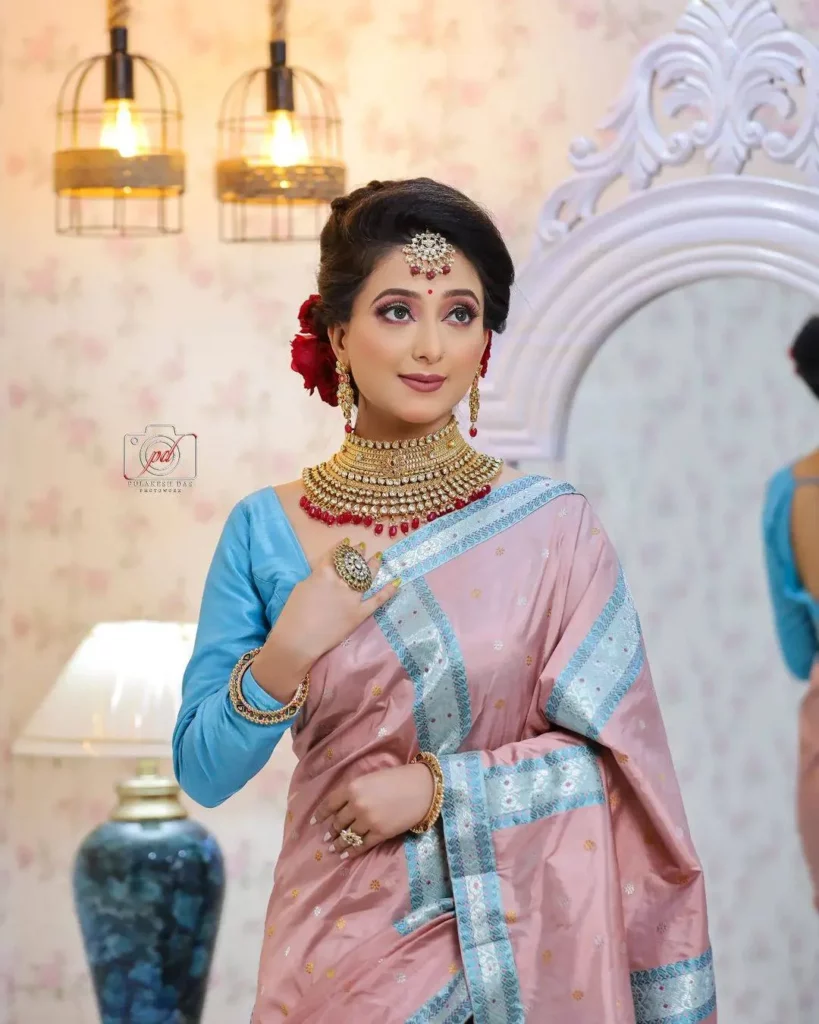
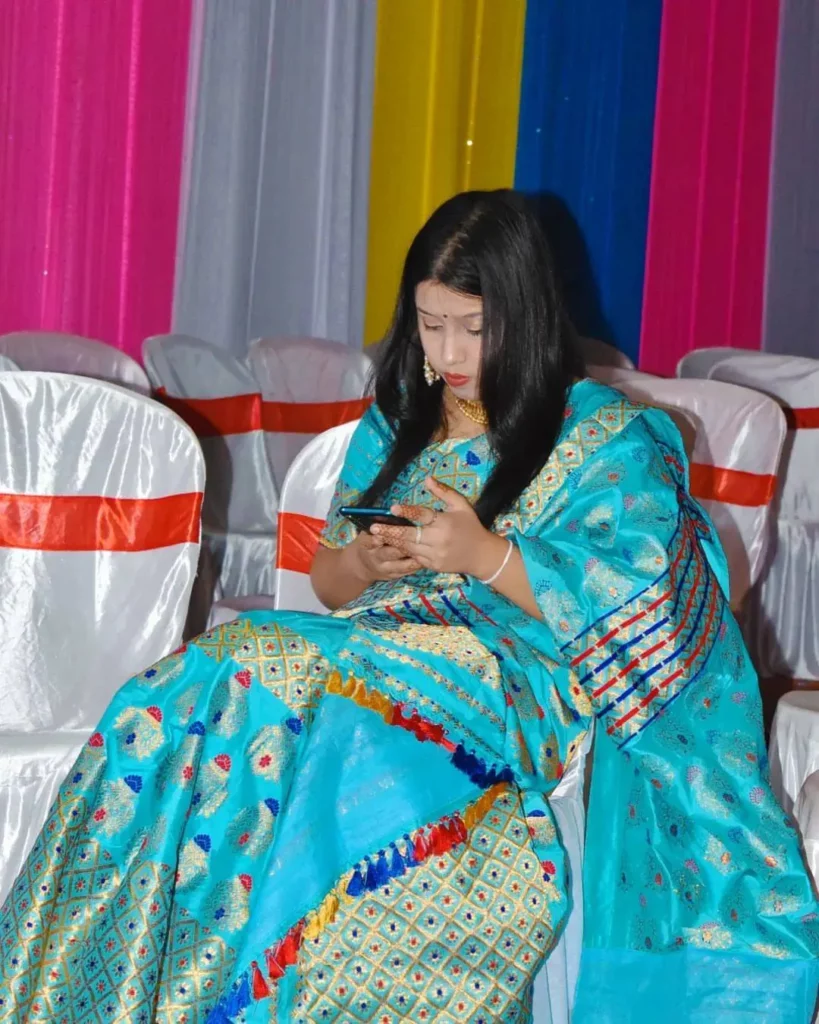
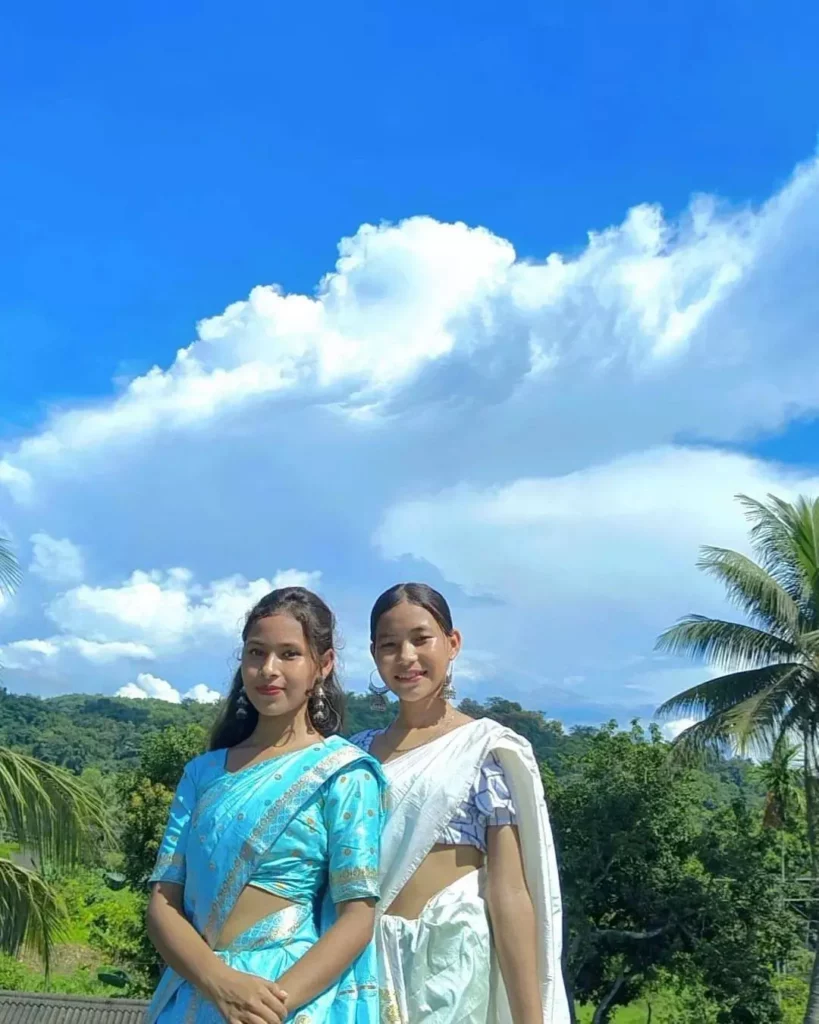
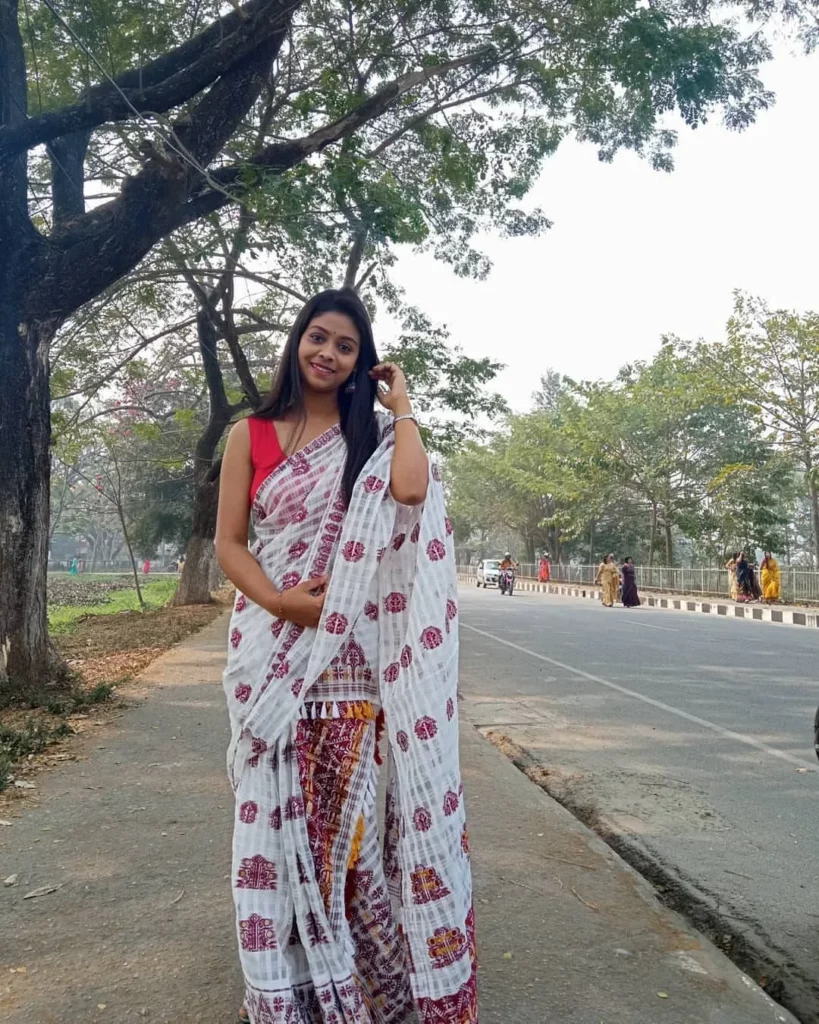

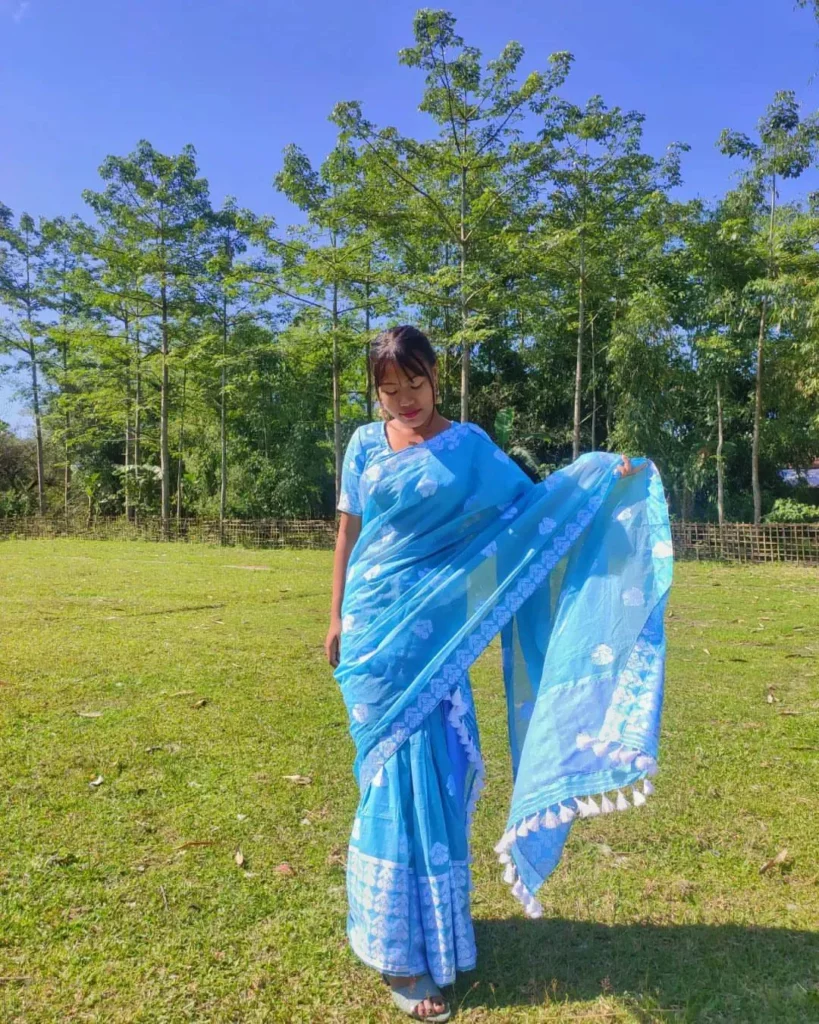

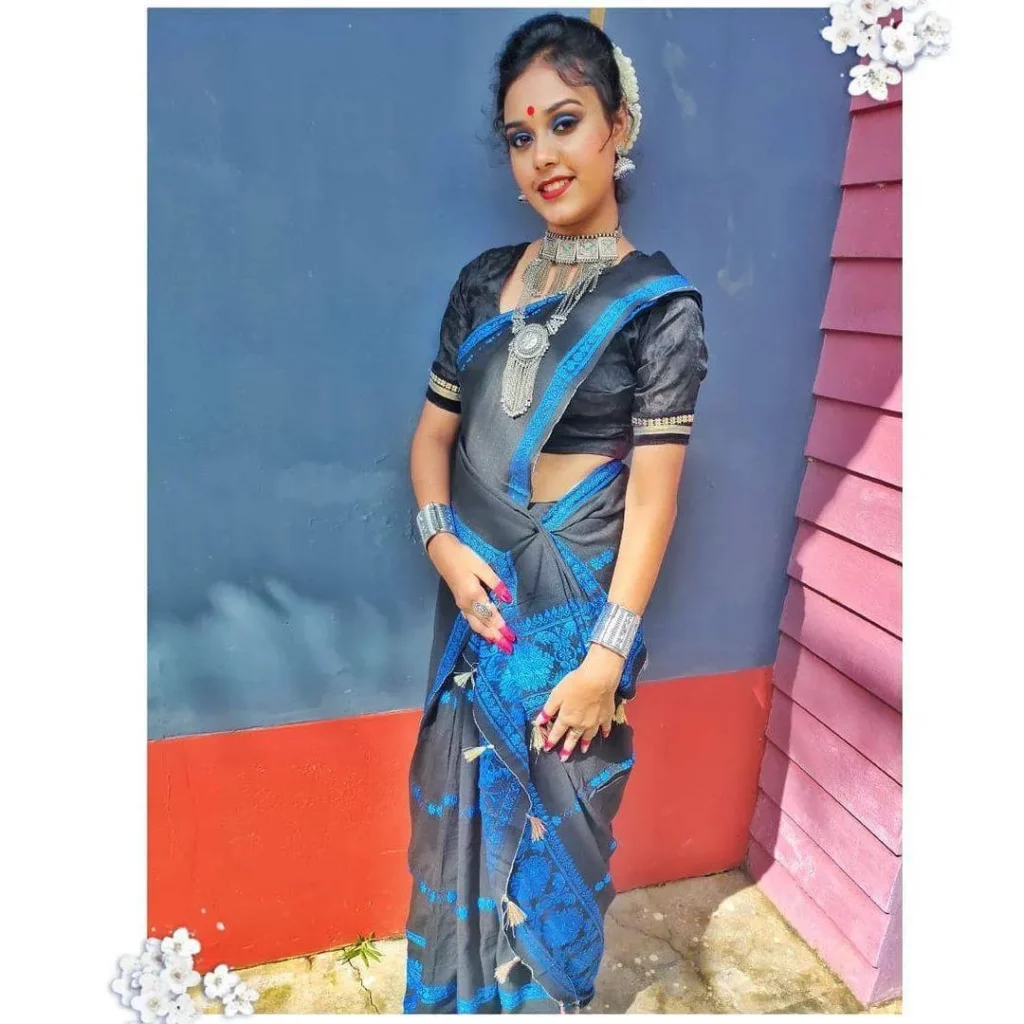

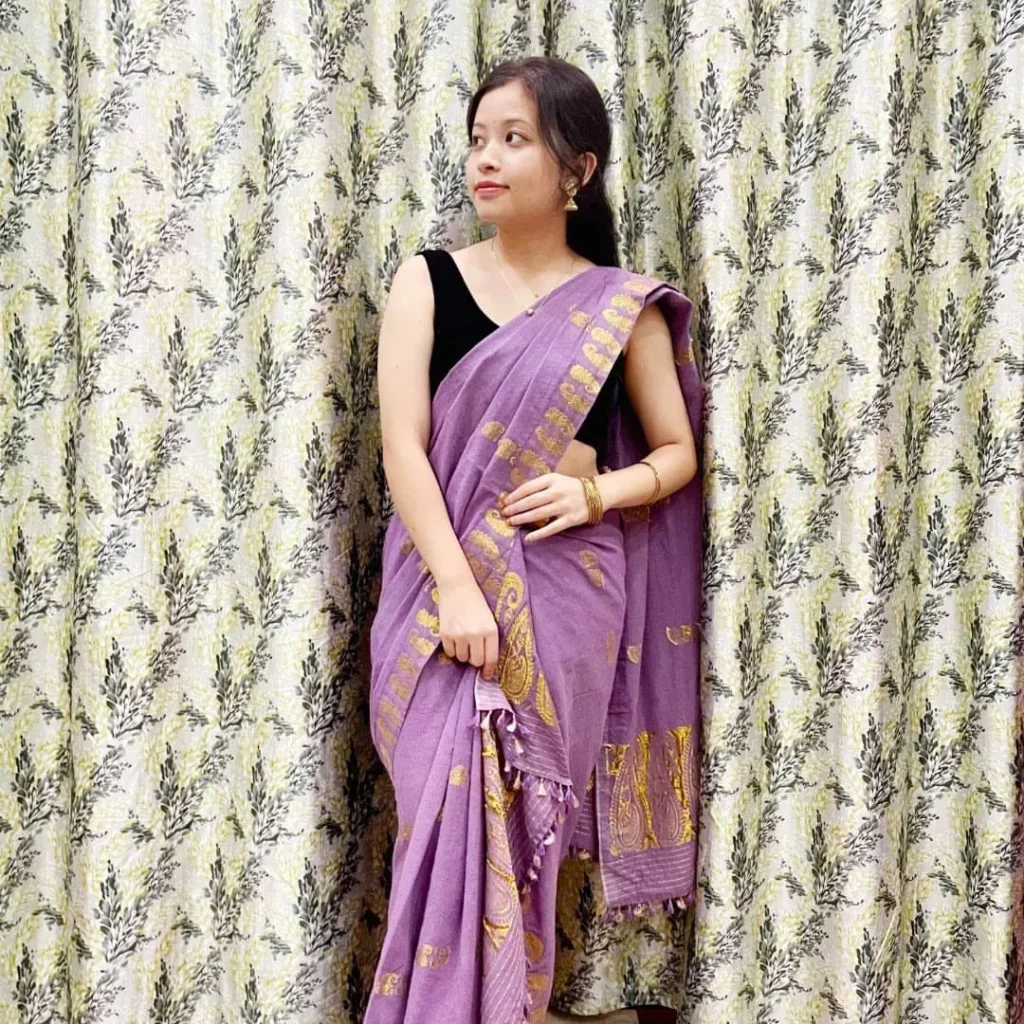
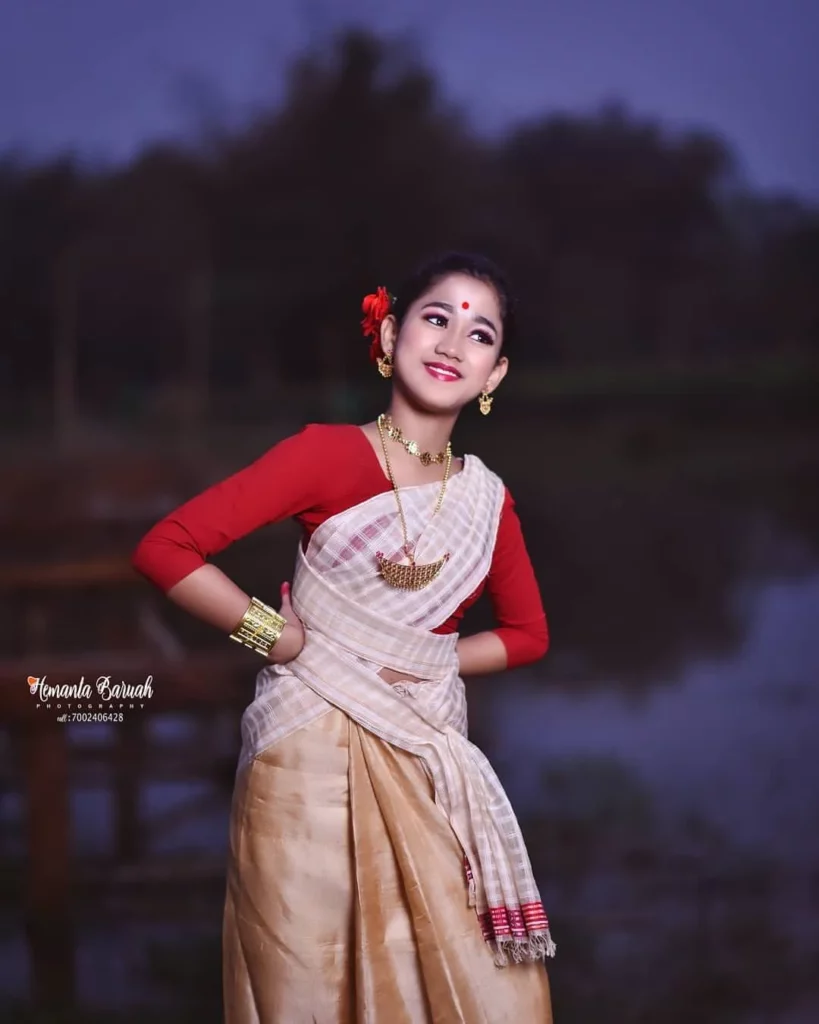


Conclusion
Hooe you loved reading through. Let us know what you think by commenting below. You can also comment the traditional and cultural wears you would love to see.
Image Credits: All images were gotten from Instagram and there are no intended copyright infringements on the original owners

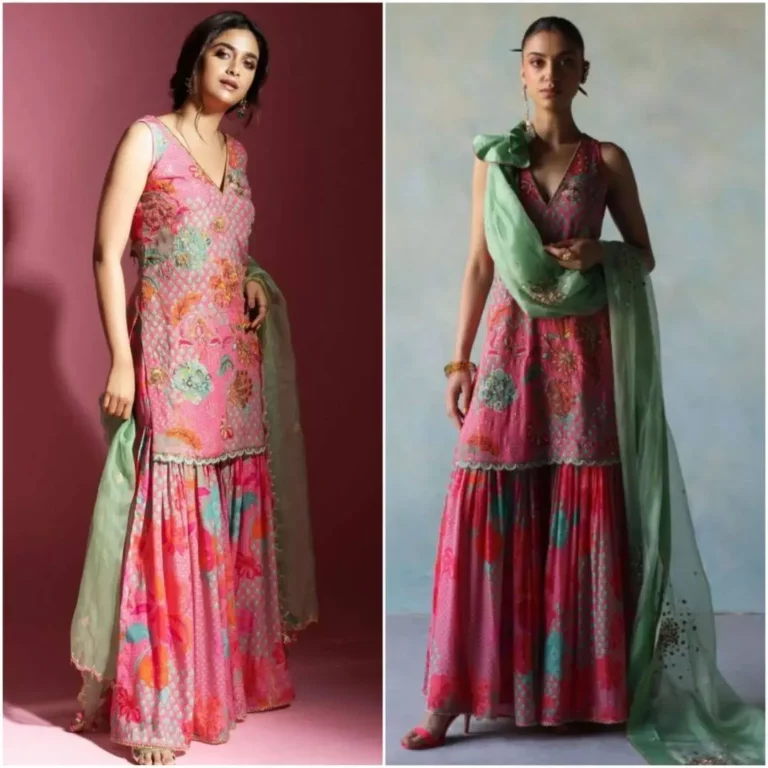

![New Punjabi Suits For Women ([year]) Punjabi Suits For Women](https://eucarlwears.com/wp-content/uploads/2023/07/1690554536108-768x811.webp)
![50+ Lehenga Choli Sets for Women ([year]) Lehenga Choli Sets for Women](https://eucarlwears.com/wp-content/uploads/2023/08/1690912595138-768x960.webp)
![Trendy Indian Sarees For Women ([year]) Sarees For women](https://eucarlwears.com/wp-content/uploads/2023/08/printed-sarees-768x960.webp)
![Trendy Nyra Cut Suit Design ([year]) Nayara Cut Suit Design](https://eucarlwears.com/wp-content/uploads/2023/07/1690388202738-768x960.webp)